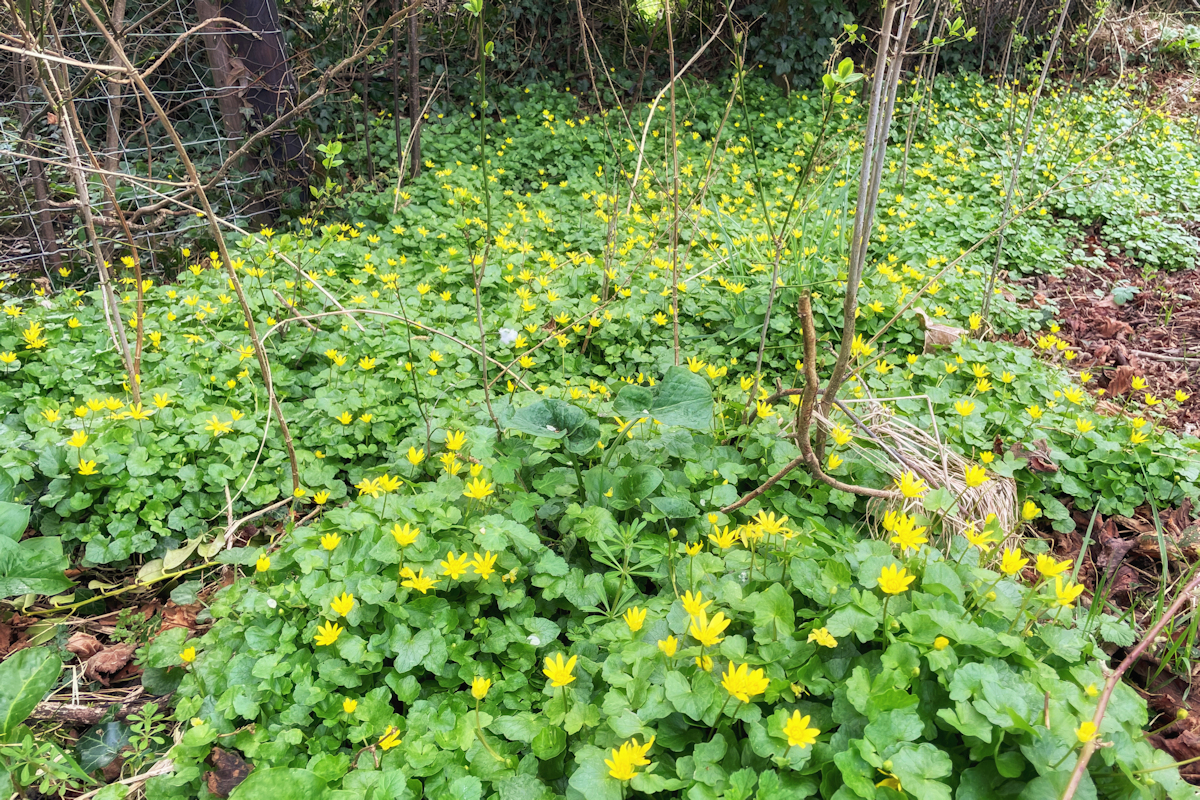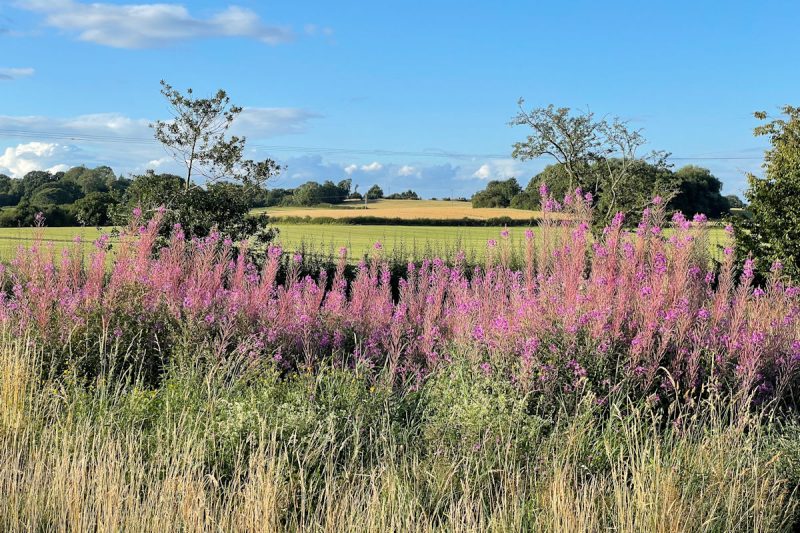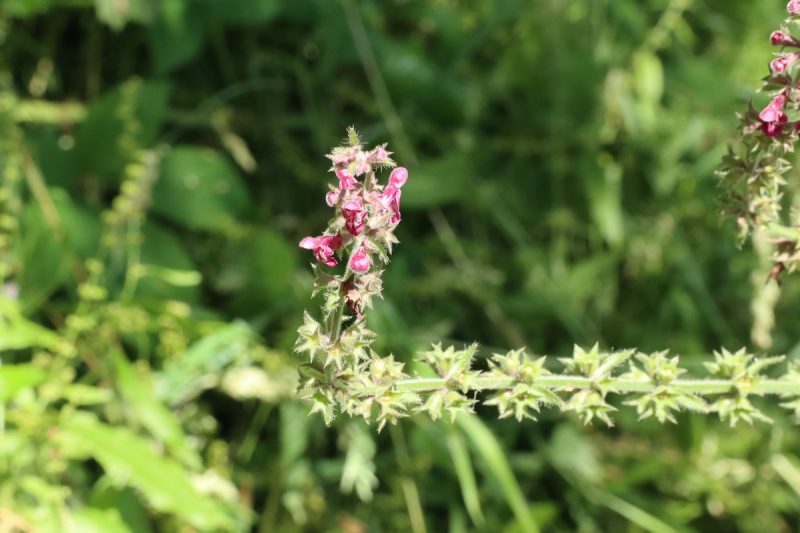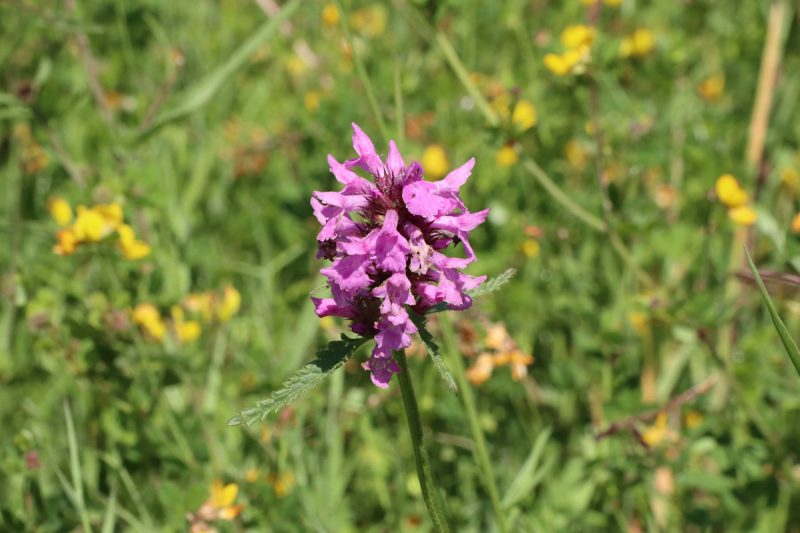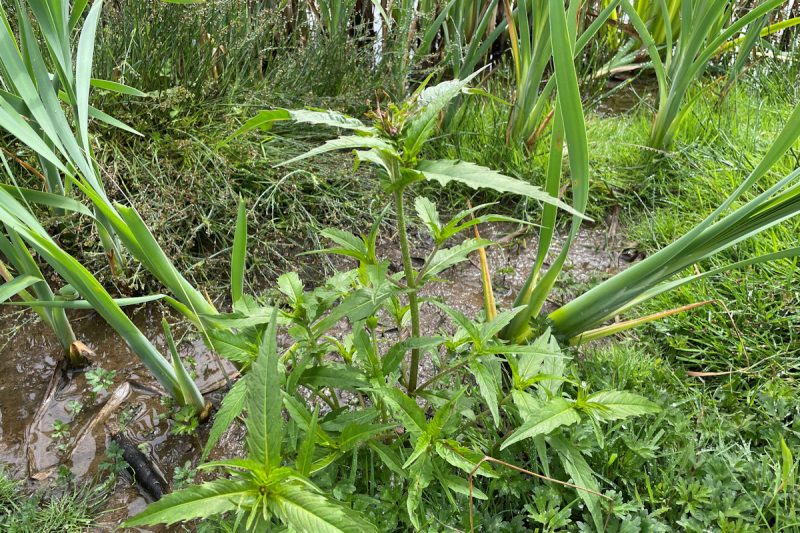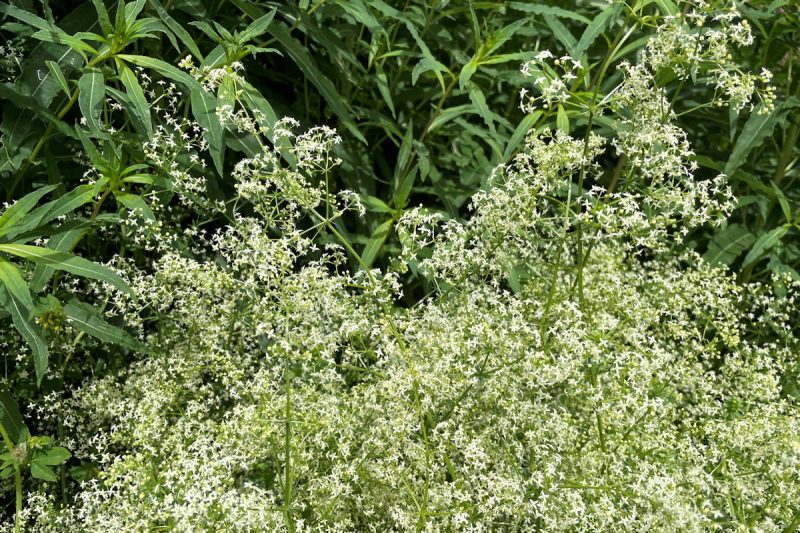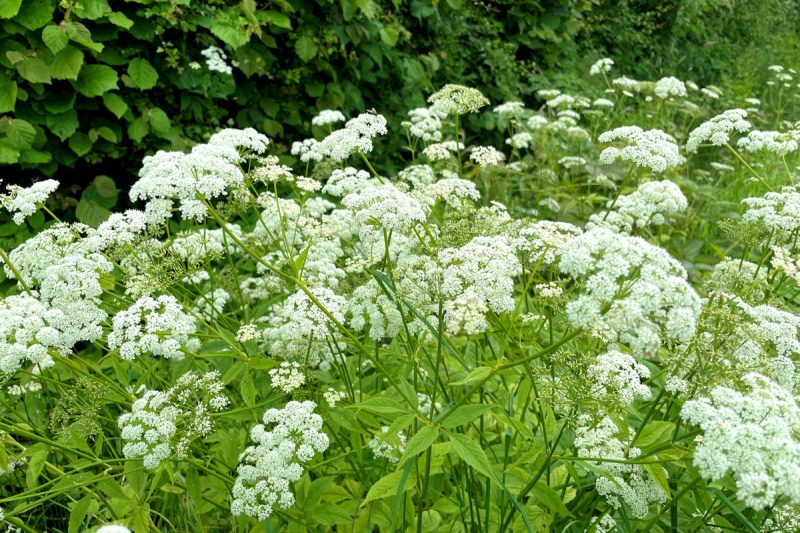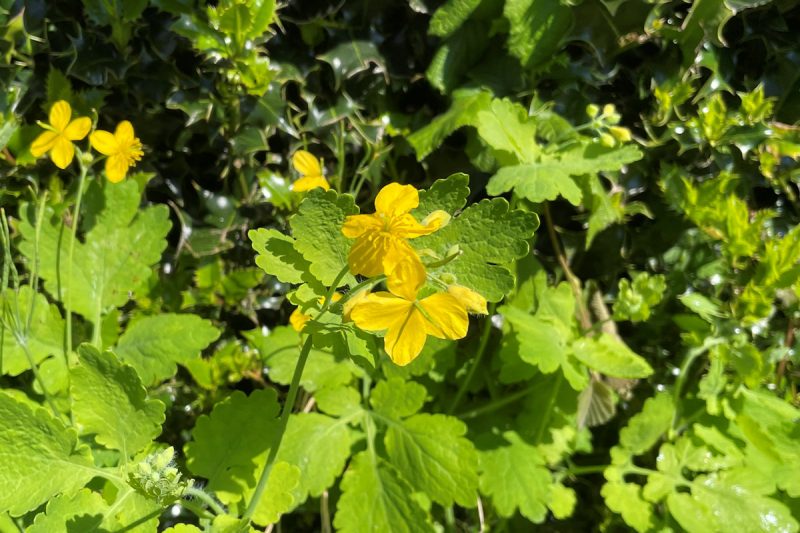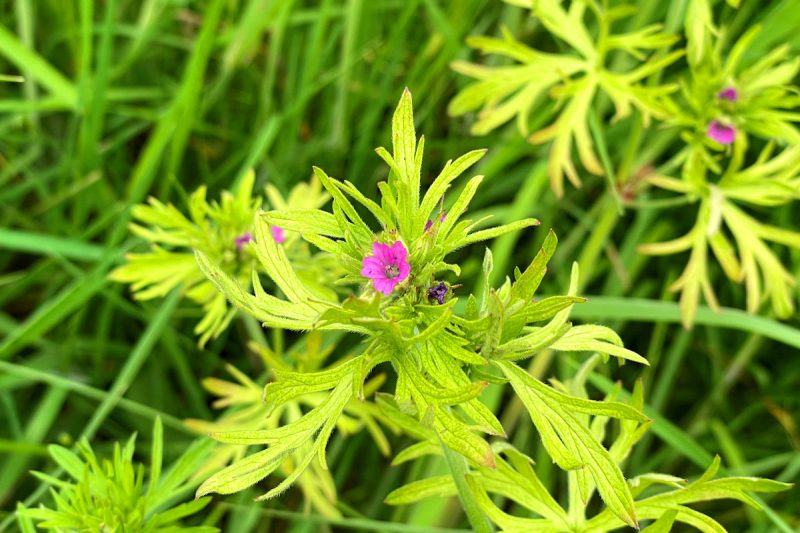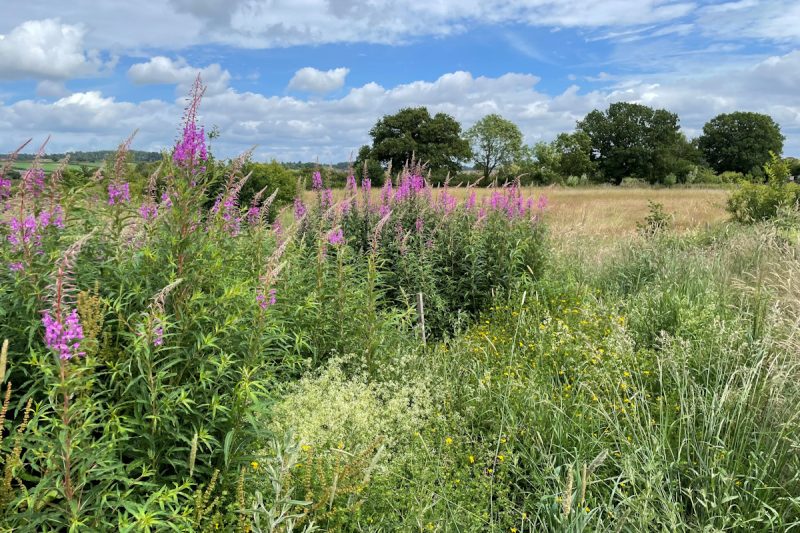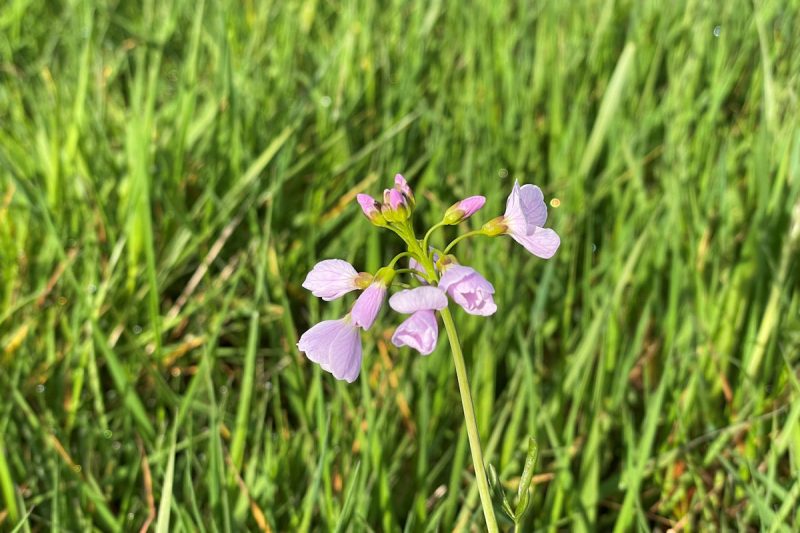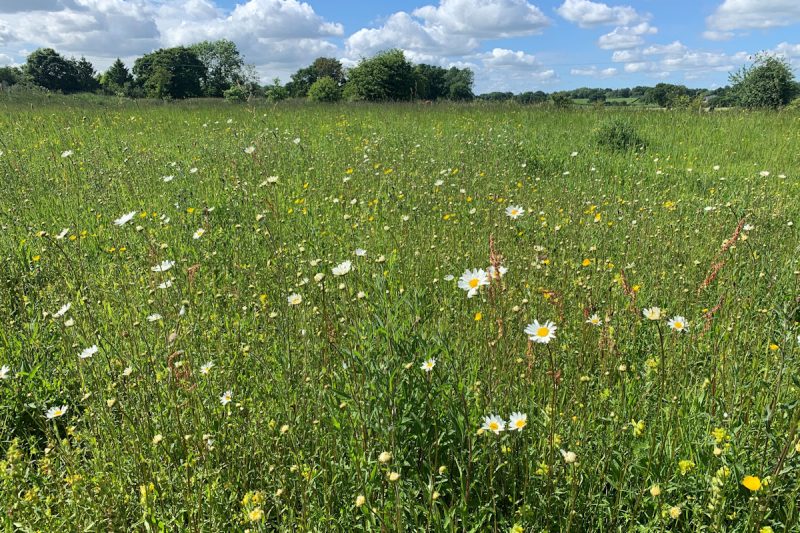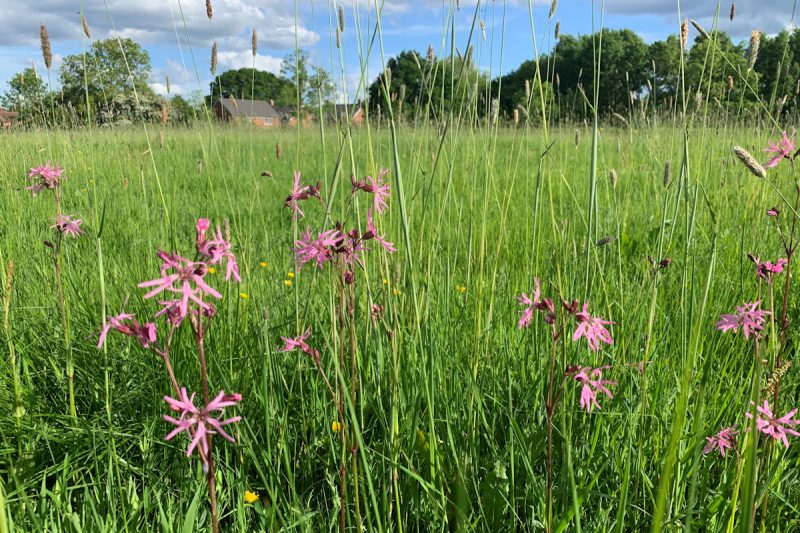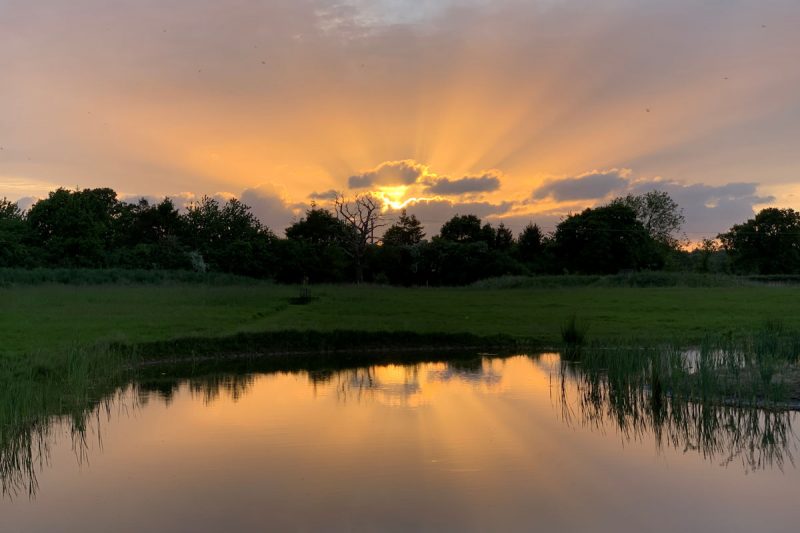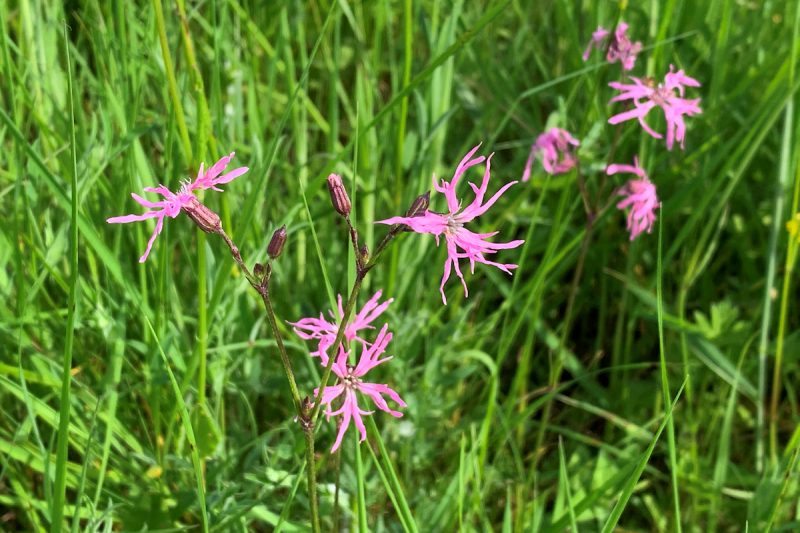Category: Wildflowers
-
A welcome dash of colour
—
Category: Wildflowers -
123
—
Category: Wildflowers
We have now identified a total of 123 different wildflowers at Tipton’s Croft. Some have become very common and can be seen every summer all over the meadow: such as common knapweed and bird’s-foot trefoil. Others we are unlikely to see that much: common poppies and cornflowers like ploughed fields rather than meadows. All are welcome though.
-
11 newbies
—
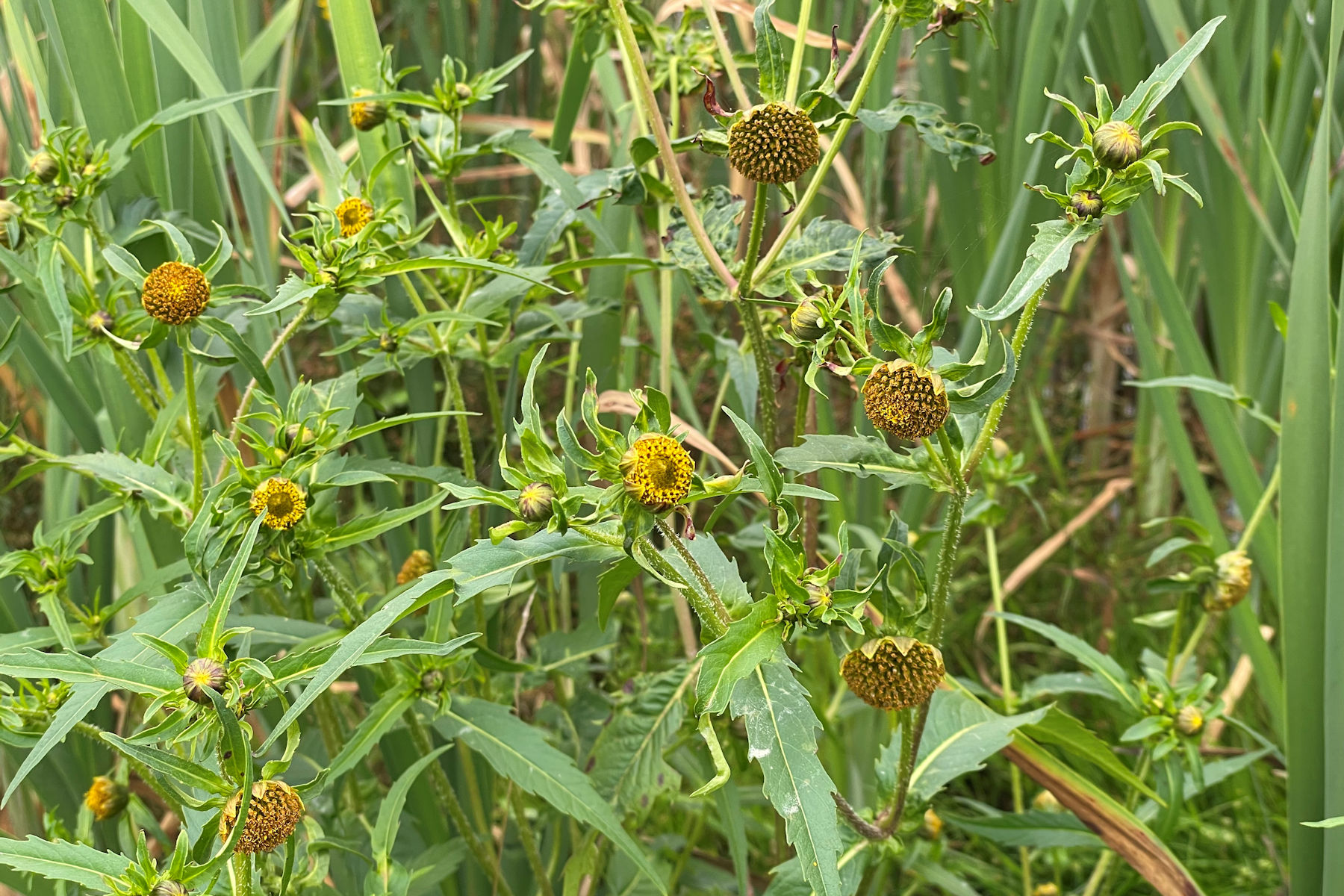
Hemp-agrimony 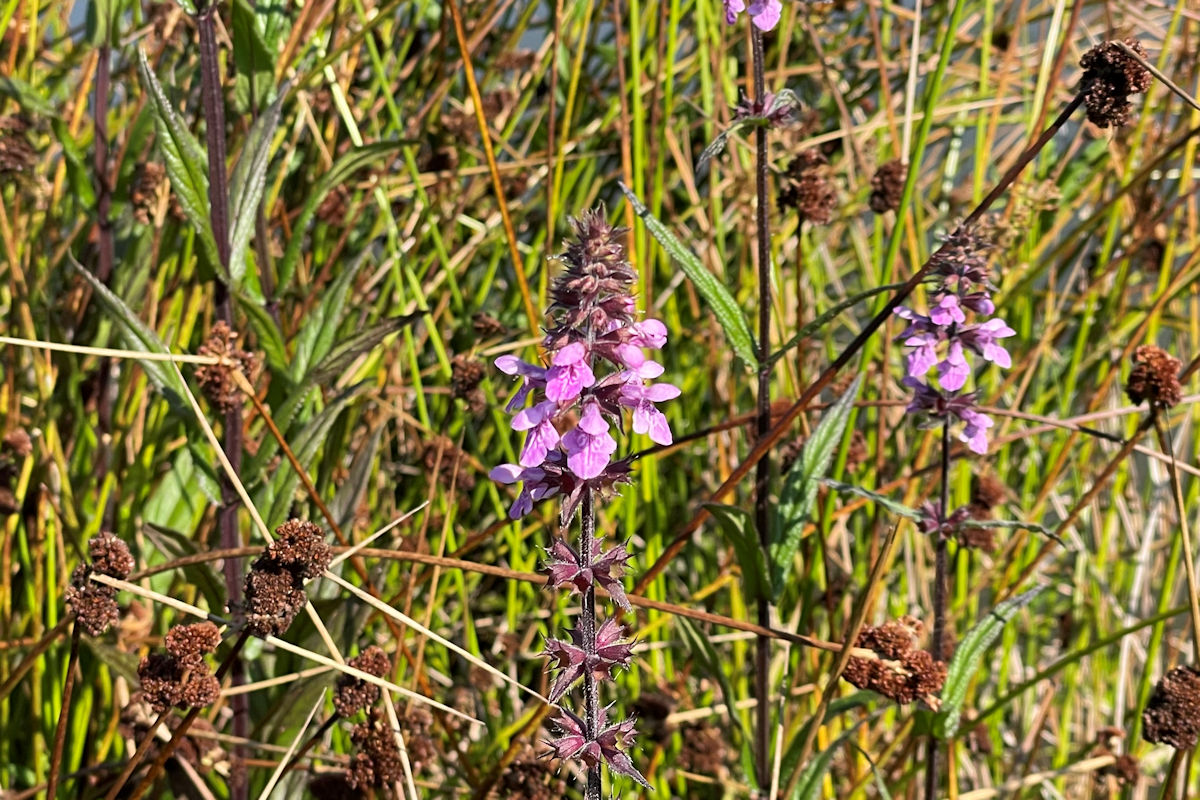
Marsh woundwort 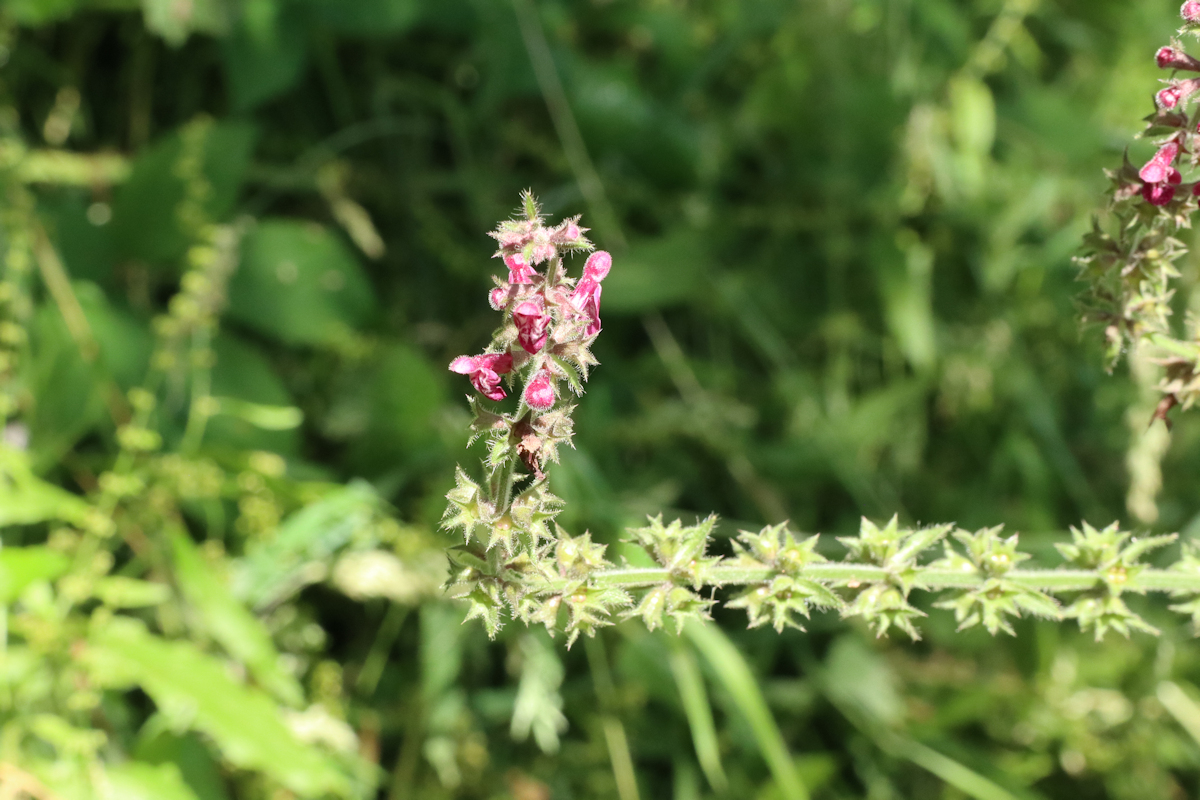
Hedge woundwort 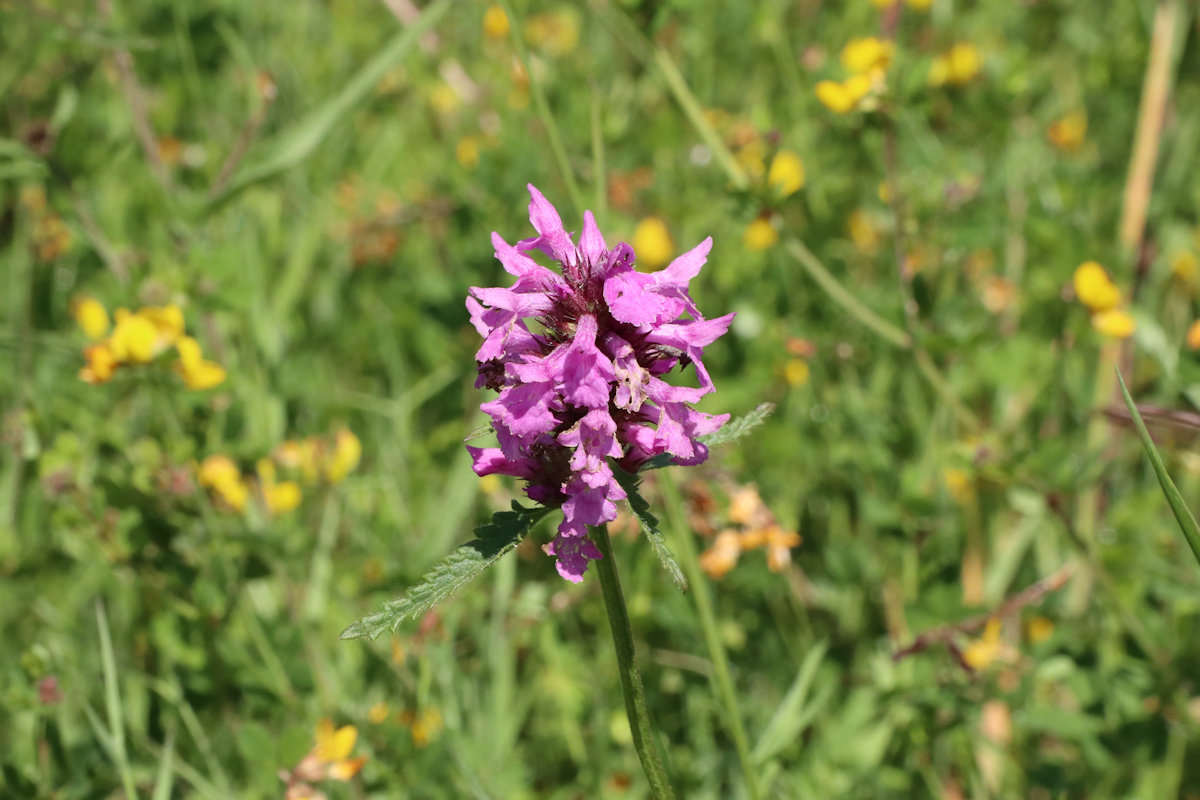
Betony 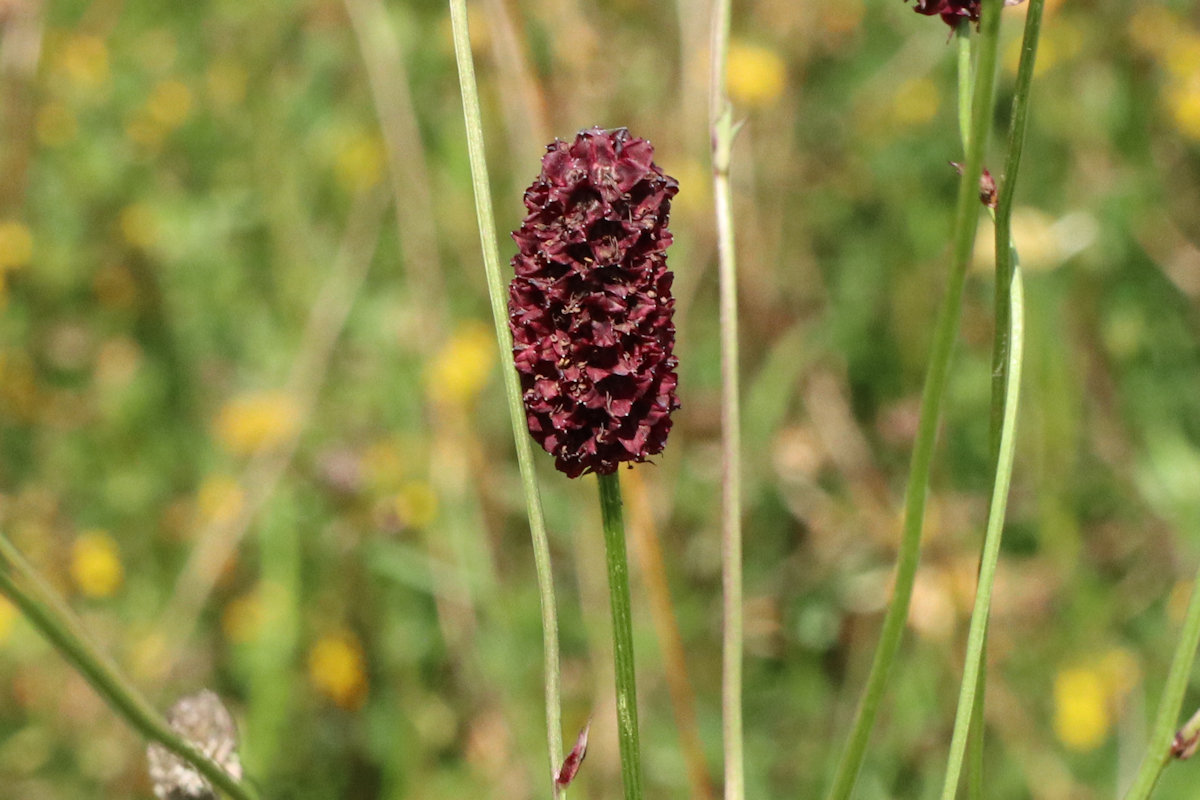
Great burnet 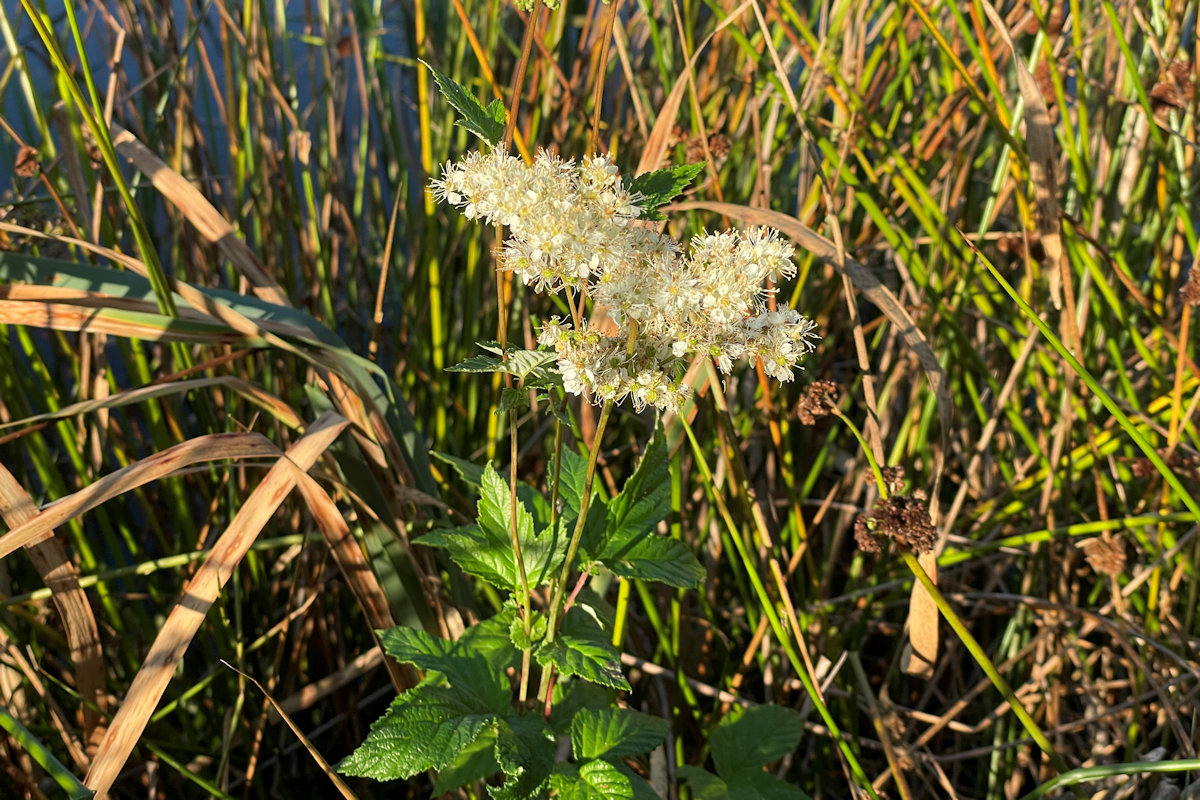
Meadowsweet 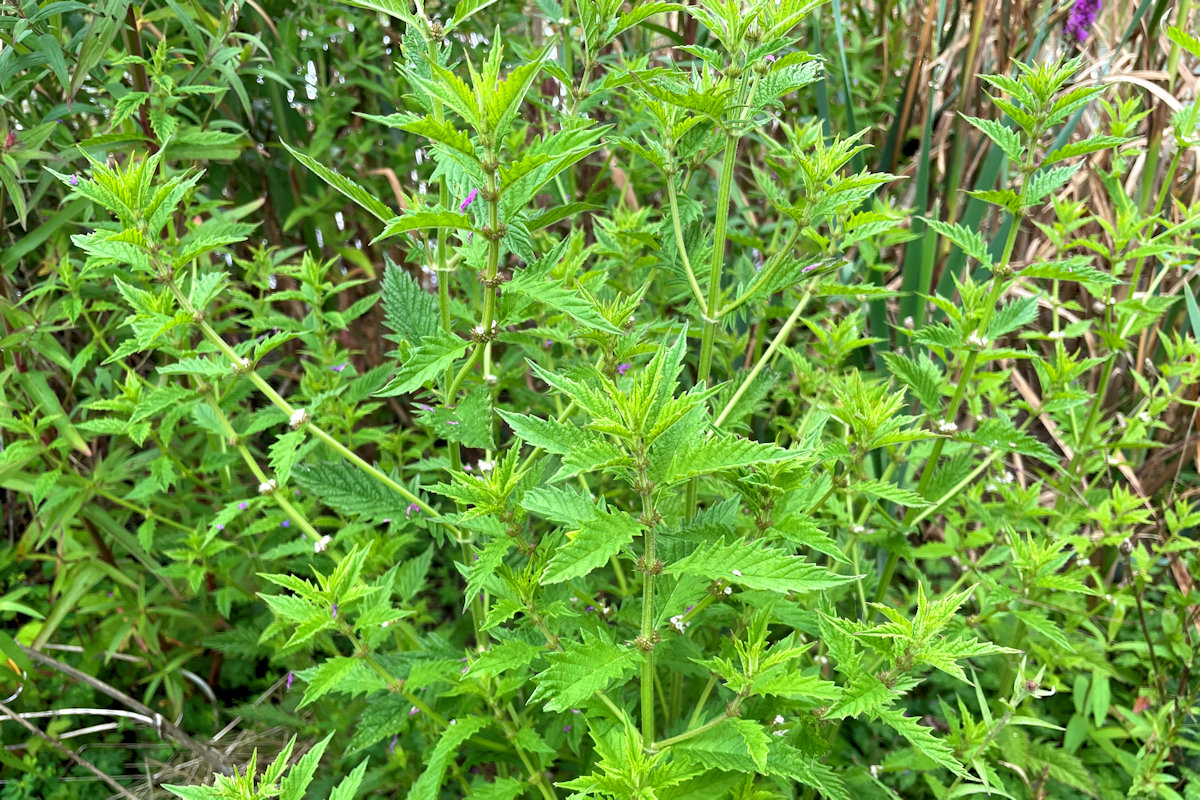
Gypsywort 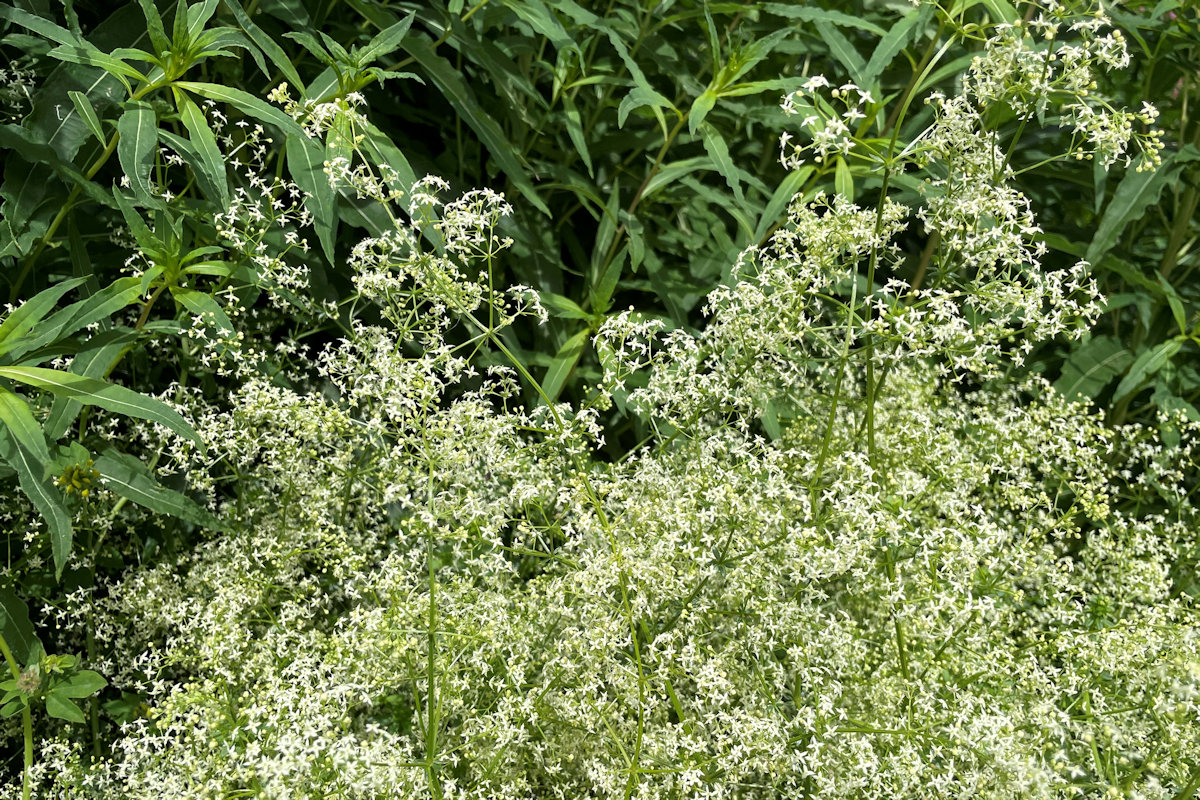
Hedge bedstraw 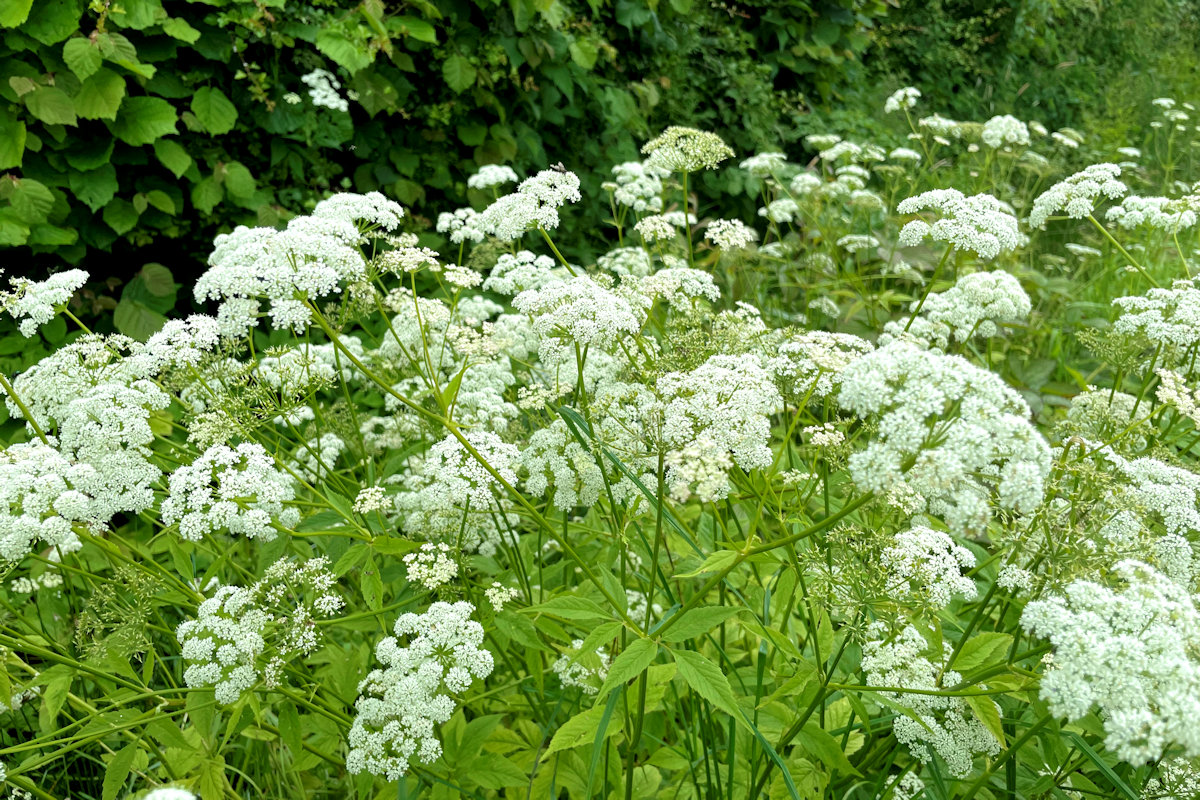
Ground elder 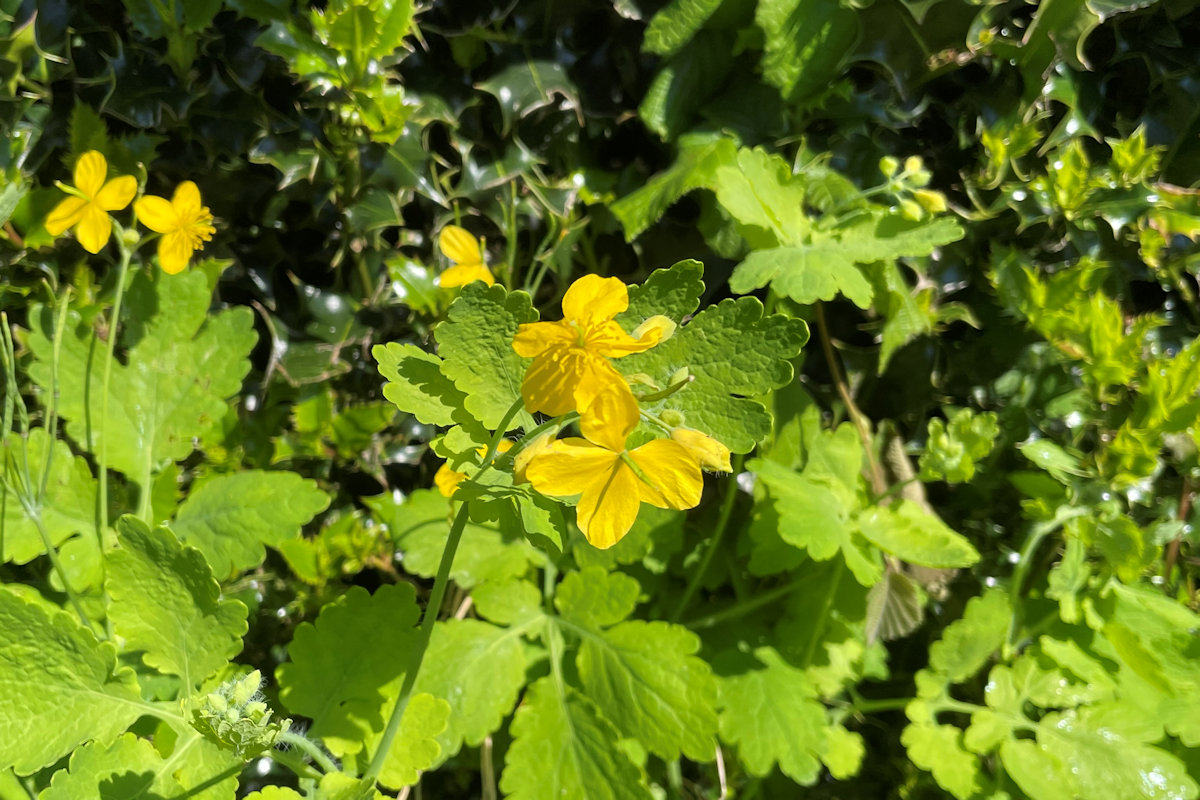
Greater celandine 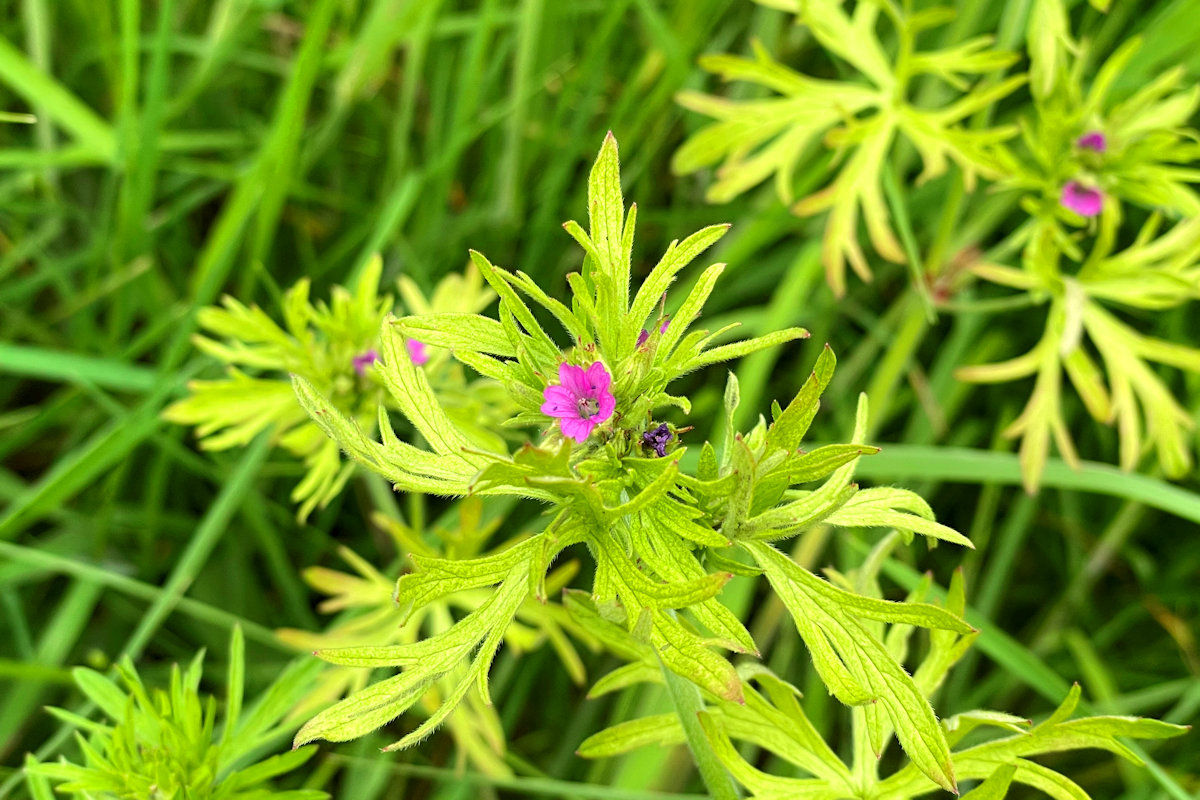
Cut-leaved crane’s-bill Now we’re heading into autumn there won’t be any more wildflowers this year so here are all the new ones we’ve spotted. This takes the total number of different wildflowers at Tipton’s Croft to 123.
-
New faces
—
SixFive new wildflowers identified so far this year. They may not be rare but they’re joining a growing list, now up to 106 different wildflowers her at Tipton’s Croft.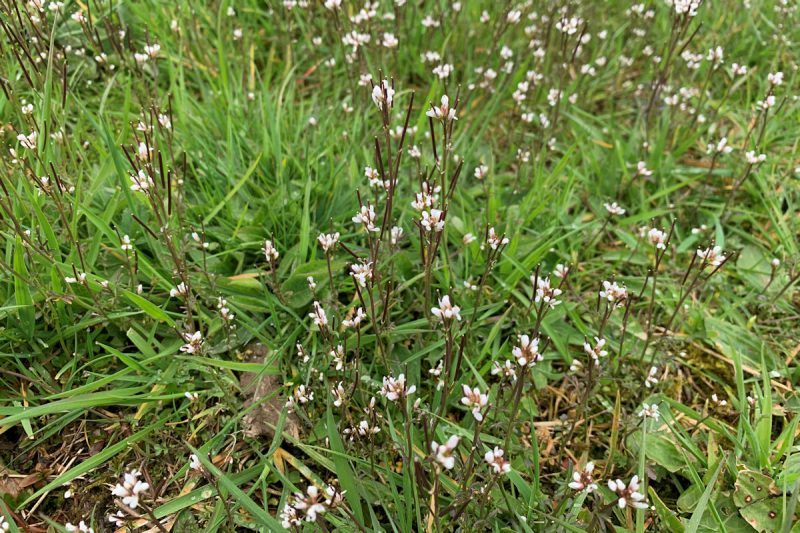
Hairy bitter-cress 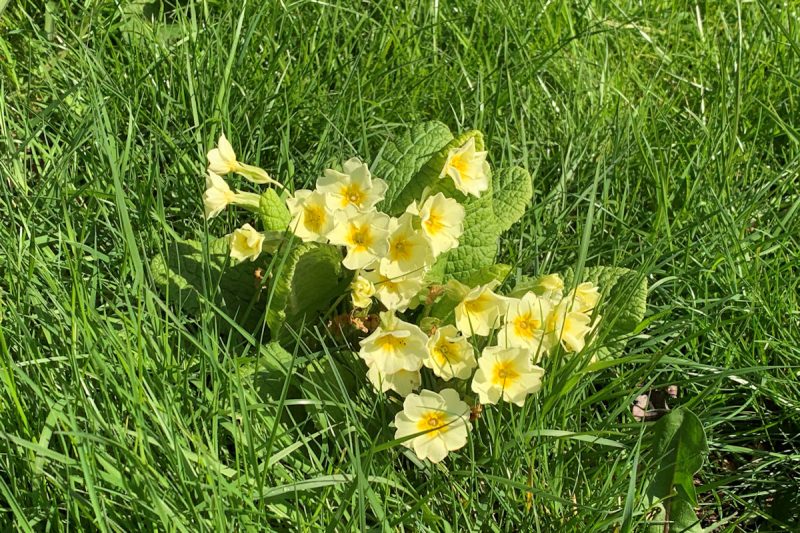
Primrose 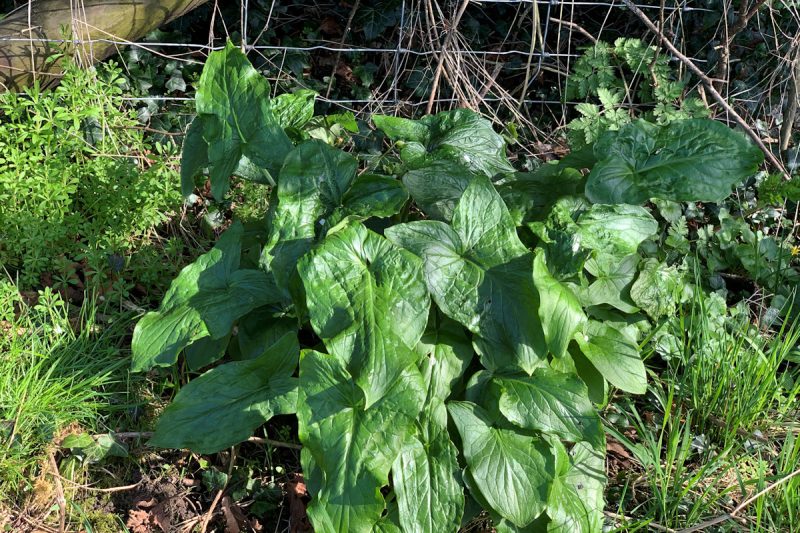
Lords-and-ladies 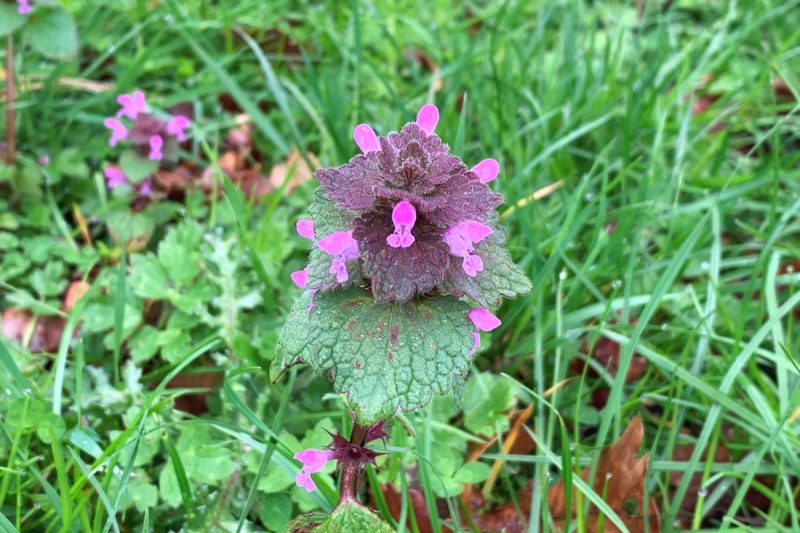
Red dead-nettle 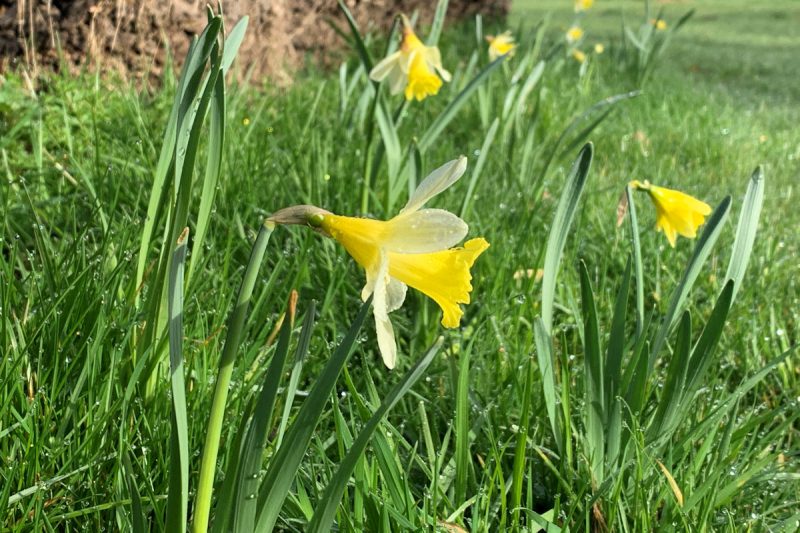
Daffodil (native) Make it
sevensix! Here’s garlic mustard (but not in flower yet).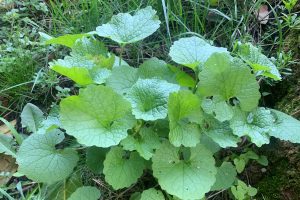
Update: we have misidentified the yellow archangel as a native wildflower. This one is actually an invasive non-native subspecies (Lamiastrum galeobdolon spp argentatum) so we are now busy removing it from the edge of the field. The pale patches on the leaves are what makes it distinct from the native variety.
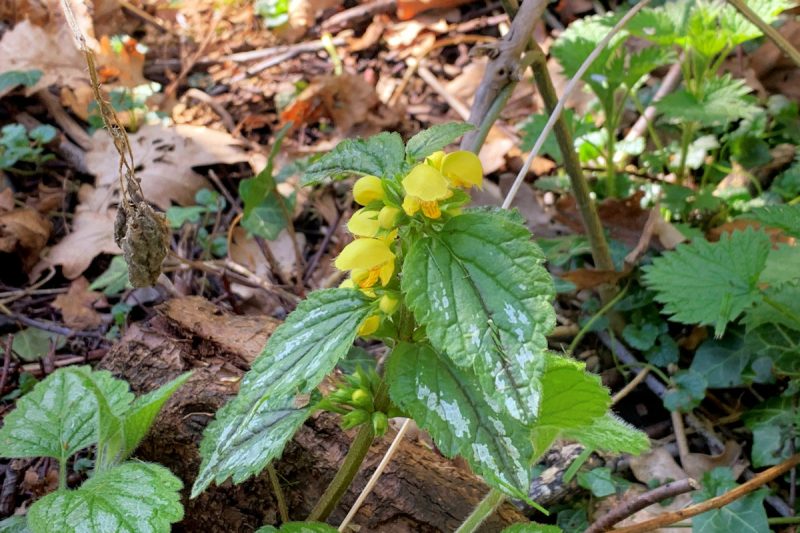
Invasive non-native interloper! -
100!
—
We have now identified 100 different wildflowers in the field. Some are common, some are rare, some were here before us, some we introduced and some arrived on their own. All of them are native or naturalised English wildflowers and though many of them would be considered weeds in a garden they are all welcome here!
www.tiptonscroft.org.uk/blog/flora/

-
Spring has arrived
—
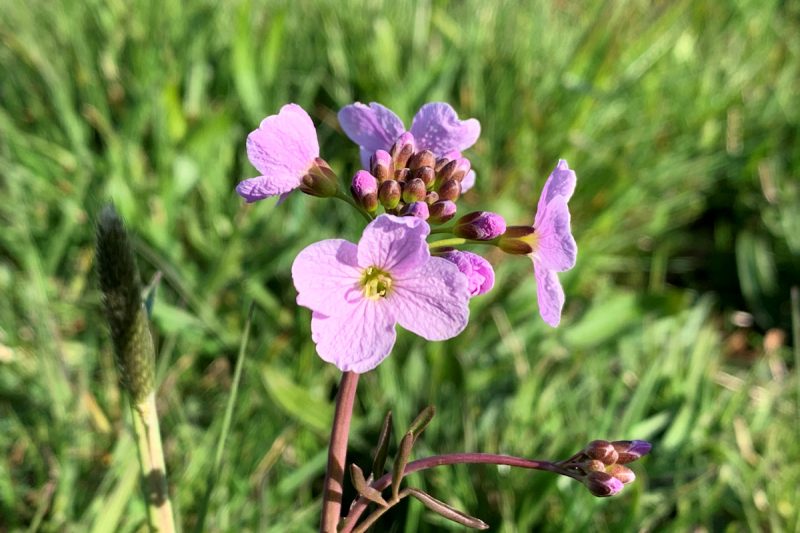
Cuckoo flowers have appeared in the meadow: small clusters of pink flowers amongst the raggedy early growth of grasses. A sure sign that spring has finally arrived, though a little later than last year and for some reason that flowers a lot pinker than usual.
The ground is getting very dry now and the clay soil turning to rock. We’re probably going to have to start watering all the new saplings that we planted this winter as their new roots will be desperately searching for moisture. Not something we usually have to do in April.

